Winters in Japan cannot be spoken of without mentioning hot pot dishes.
Japanese winters are intensely cold. Of course, winters are cold everywhere in the world, but I believe the chill of a Japanese winter is not only about the temperature; the atmosphere of the entire town also contributes to it. In recent years, the bright and festive air of Christmas, influenced by Western culture, can also be felt. However, in my rural hometown in the Tohoku region, the snow piles up deeply, and people vanish from the streets as soon as winter sets in. The sky is perpetually overcast, the wind is biting, and everyone hurries home as fast as they can.
In the midst of such a severe winter, hot pot dishes emerge as the ultimate comfort food. While Japanese cuisine is often associated with ramen, sushi, or tonkatsu, these are not necessarily the everyday dishes that appear on Japanese dinner tables. Hot pot dishes, however, are undeniably a staple of Japanese winters, a true national favorite frequently enjoyed across the country.
On a night when the wind howls outside the window, there’s nothing more blissful than gathering around a steaming pot of hot soup. It’s a moment of warmth that melts both body and soul. Sharing a single pot with loved ones perfectly encapsulates the quintessential winter scenery of Japan.
The reason why hot pot dishes are so beloved in Japan becomes even clearer when you delve into their history. Amazingly, the roots of hot pot trace back to the Jomon period, where people were already using earthenware pots to cook food over fire.
Hot pot dishes are simple to prepare as long as you have a pot and a heat source, and they allow you to make large quantities of food that can be shared with many people. Could there be a more practical dish?
Additionally, the culture of sharing a hot pot together symbolizes the Japanese spirit of “wa” (harmony). When people gather around a hot pot in the dead of winter, lively conversations naturally unfold.
When it comes to hot pot, the variety is vast, and there are significant regional differences. Each part of Japan has its own unique hot pot recipes, so much so that even Japanese people can’t claim to know them all. Let me introduce a few well-known types of hot pot. Are there any you recognize?
・Ishikari Nabe (Hokkaido)
This traditional Hokkaido dish features rich miso and fatty salmon, warming the body in the bitter cold of the northern winter.
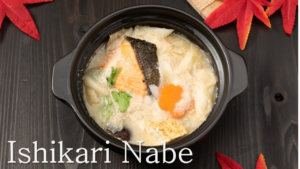
・Kiritanpo Nabe (Akita Prefecture)
Made with mashed rice molded onto sticks and grilled, these “tanpo” rice sticks are cooked with vegetables in a broth made from chicken bones. It’s a beloved dish in Akita.
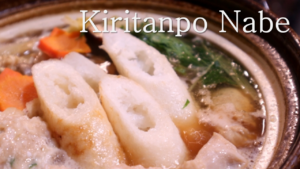
・Motsu Nabe (Fukuoka Prefecture)
A stamina-boosting dish of beef or pork offal simmered with garlic, leeks, cabbage, and plenty of garlic chives. Originally a regional dish from Fukuoka, motsu nabe is now widely popular across Japan and is often served in izakayas alongside drinks.
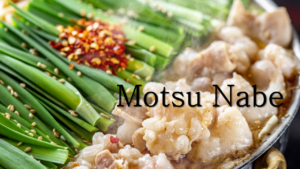
・Imoni Nabe (Yamagata Prefecture)
A regional specialty of Yamagata made by simmering taro, beef, konjac, and green onions together. This dish is so beloved that “imoni parties,” where people cook imoni in massive pots by riversides, are an annual tradition in the region.
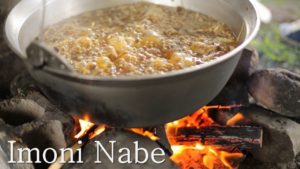
・Chanko Nabe
If there’s one hot pot dish synonymous with sumo wrestlers, it’s chanko nabe. This hearty meal, served in sumo stables, is meticulously designed for nutritional balance to build the wrestlers’ physiques. Interestingly, chicken-based broth is often used for its auspicious symbolism (chickens stand on two legs, seen as a sign of stability).
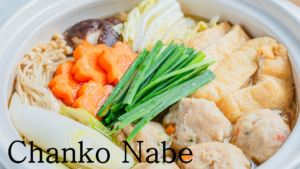
In recent years, hot pots from Korea have also gained immense popularity in Japan, crossing borders to warm the hearts of many. Spicy dishes like kimchi jjigae or cheese dak-galbi bring a unique heat that Japanese hot pots don’t, making them perfect for warming up during freezing winters.
The appeal of hot pot goes beyond its deliciousness—it turns out that hot pot dishes have scientifically proven benefits for the body and mind.
First, the piping hot soup, a hallmark of hot pot, warms up your chilled body and promotes circulation. Additionally, as ingredients simmer, they become tender, releasing their flavors and nutrients into the broth. Eating the broth along with the ingredients means you can enjoy all the nutrients without waste. This may explain why hot pot dishes are a staple in sumo stables, where physical health is paramount.
Interestingly, sharing a hot pot with others is said to boost levels of happiness hormones. The communal act of sharing a meal transforms dining into something more than just nourishment—it becomes a way to foster emotional well-being.
Every family has its own hot pot stories. The comforting taste of the yose nabe (mixed hot pot) your mother made when you were a child. The laughter shared with friends around a spicy kimchi hot pot. Each of these moments becomes a cherished winter memory.
What kind of hot pot will you encounter this winter?
Who will you share smiles with across the rising steam?
Prepare your pot, and let’s dive into the essence of Japan’s winter through the art of hot pot.

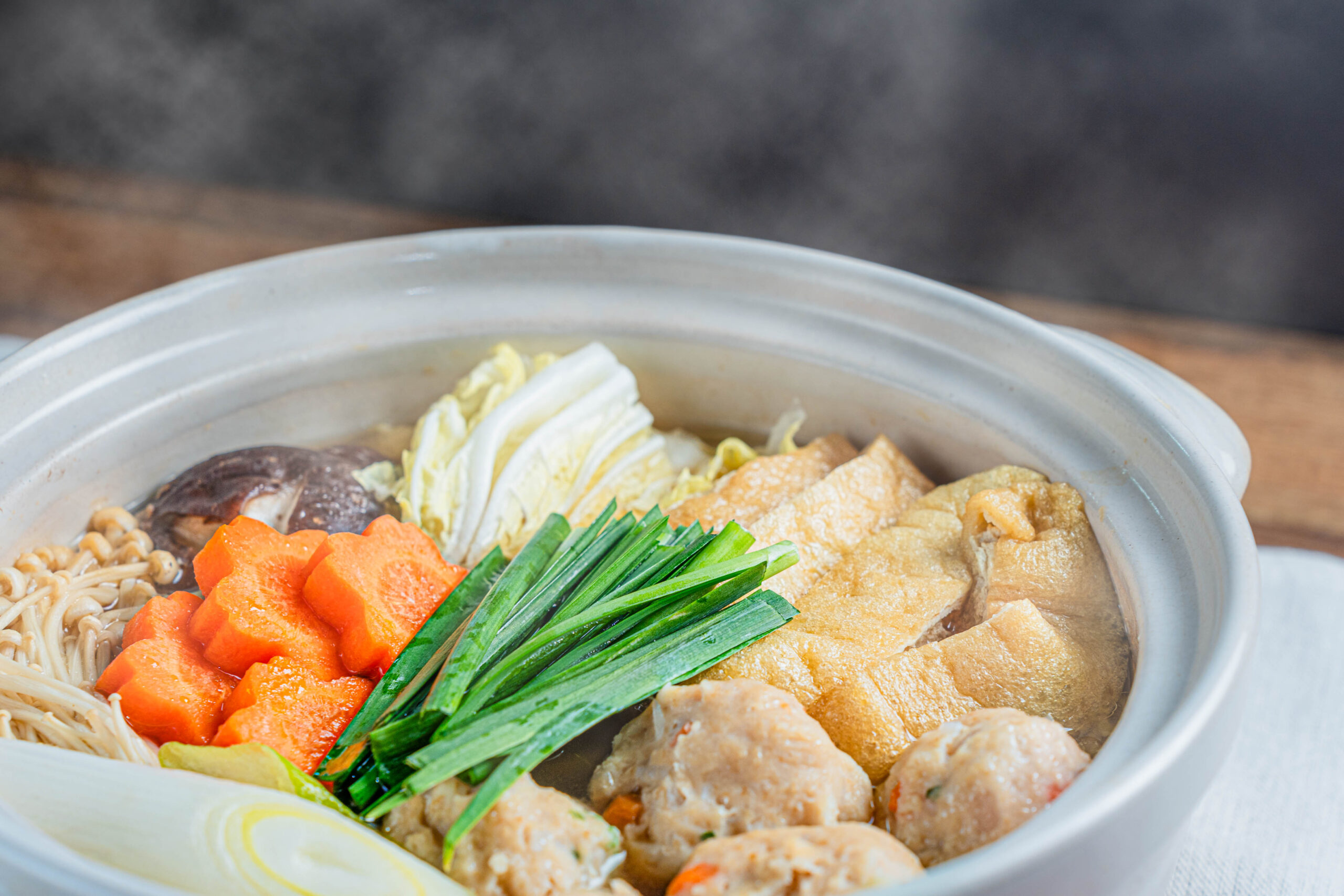


コメント